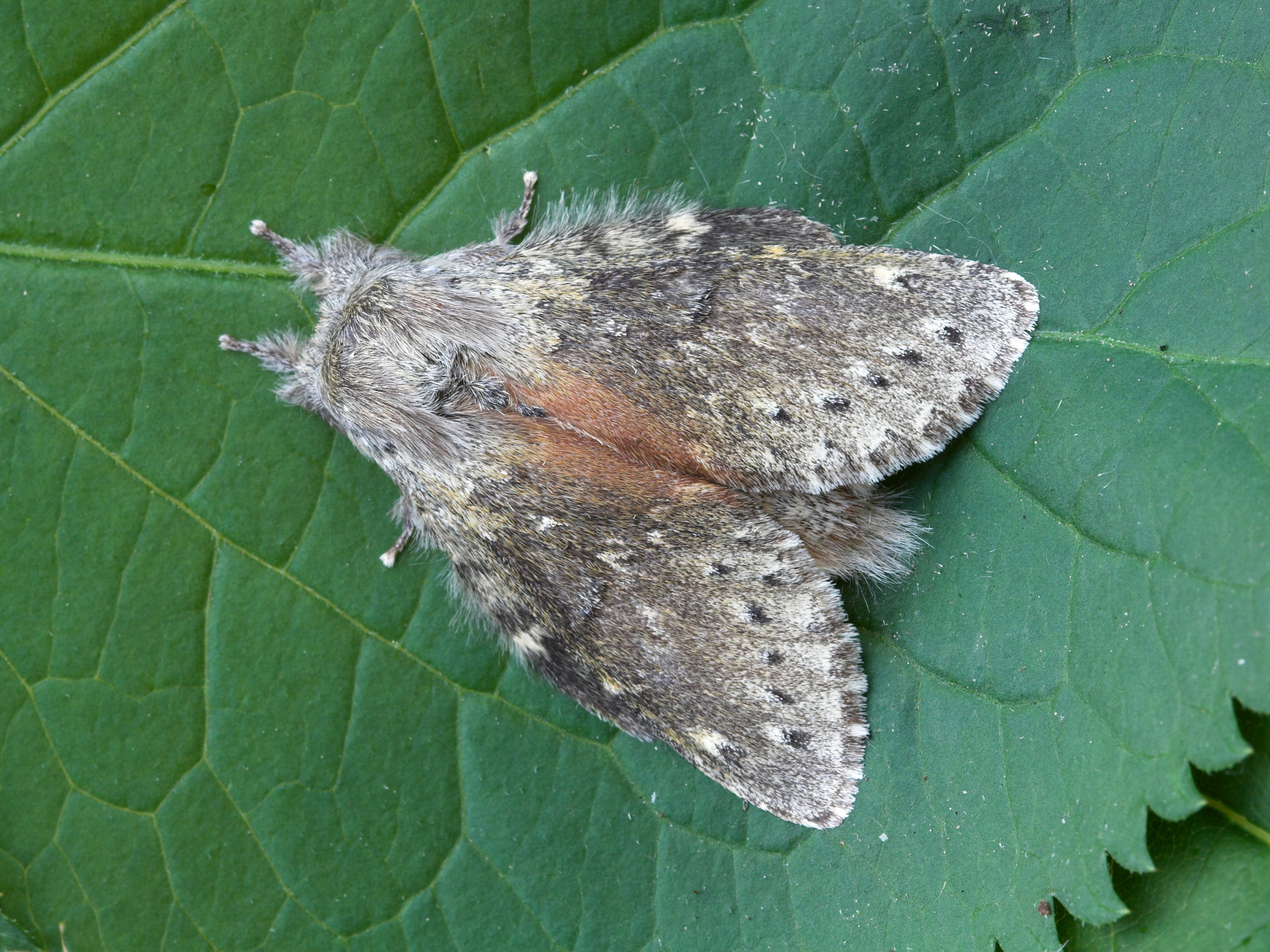Nature lovers are being asked to check the woods for Lobsters in a bid to help conservationists monitor moth distribution in the UK’s increasingly threatened woodlands and forests.
The Lobster moth, whose caterpillar bears an uncanny resemblance to the edible crustacean, is just one of hundreds of weird and wonderful moth species found in our woods.
Woodland habitats are vitally important for moths and other wildlife but they are increasingly under threat from development, tree disease, habitat loss and competition from non-native species.
Butterfly Conservation and Lepidoptera journal Atropos are asking the public to send in records of woodland moths during Moth Night 2014 – the annual celebration of moths and moth recording, to help gather vital information about how they are faring in this vulnerable habitat.
 UK wildlife is the best studied and most well documented in the world, but despite this there are still large swathes of woodland that are yet to be surveyed for moths.
UK wildlife is the best studied and most well documented in the world, but despite this there are still large swathes of woodland that are yet to be surveyed for moths.
Woodland is the richest moth habitat and is home to two thirds of the UK’s larger macro moths and many other threatened Lepidoptera species.
The majority of British moths have declined rapidly over the last 40 years, especially in the South. Better monitoring will help reveal the causes of these declines in woodlands.
Alongside the striking Lobster, other key woodland species to spot during Moth Night 2014 include the Pine Hawk-moth. This large, mottled grey species was considered a rarity a century ago but has spread north with the increase in conifer plantations.
Woodland specialist the Orange moth, one of the UK’s most beautiful species, will also be on the wing during Moth Night 2014 as will the Red-necked Footman, so named because its folded wings resemble the long, stiff coat worn by Victorian footmen.
 UK Woodland is under siege at a time when we most need the benefits that it brings to flood control, carbon storage and as a refuge for wildlife.
UK Woodland is under siege at a time when we most need the benefits that it brings to flood control, carbon storage and as a refuge for wildlife.
Long-term deforestation of the UK countryside has reduced woodland to scattered remnants of its past glory.
Recently, woodlands have faced attacks from Government sell-offs, development pressure and the arrival of a succession of potentially devastating tree diseases such as Ash Dieback.
Butterfly Conservation Head of Surveys Richard Fox explains: “Woodlands are very important habitats and many have never been surveyed for moths. Around two thirds of the UK’s larger moths can be found in wooded areas and there are many woodland specialists. Some 37% of threatened UK moths are associated with woodland.
“We know that British moths are generally in decline, especially in the south, but the causes are unclear. Better monitoring of woodland would help clarify whether woodland moths are declining and what the causes might be.”
The potential to discover unexpected species in unexplored woodland is a key draw of Moth Night 2014. Event founder and Atropos editor Mark Tunmore explains: “The rediscovery of the birch woodland-inhabiting White Prominent moth in Ireland in 2008 after a 75 year absence, demonstrates the potential for important discoveries in woodland habitats of the British Isles.
“There are other ‘lost’ species associated with woodland and there is lots of potential for important local or even national discoveries to be made over Moth Night.”
Moth Night 2014 runs from 3-5 July and will include a series of day time searches and night time moth trapping events across the UK. Search for an event near you.


